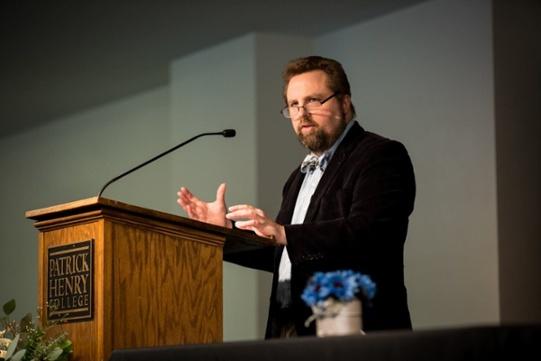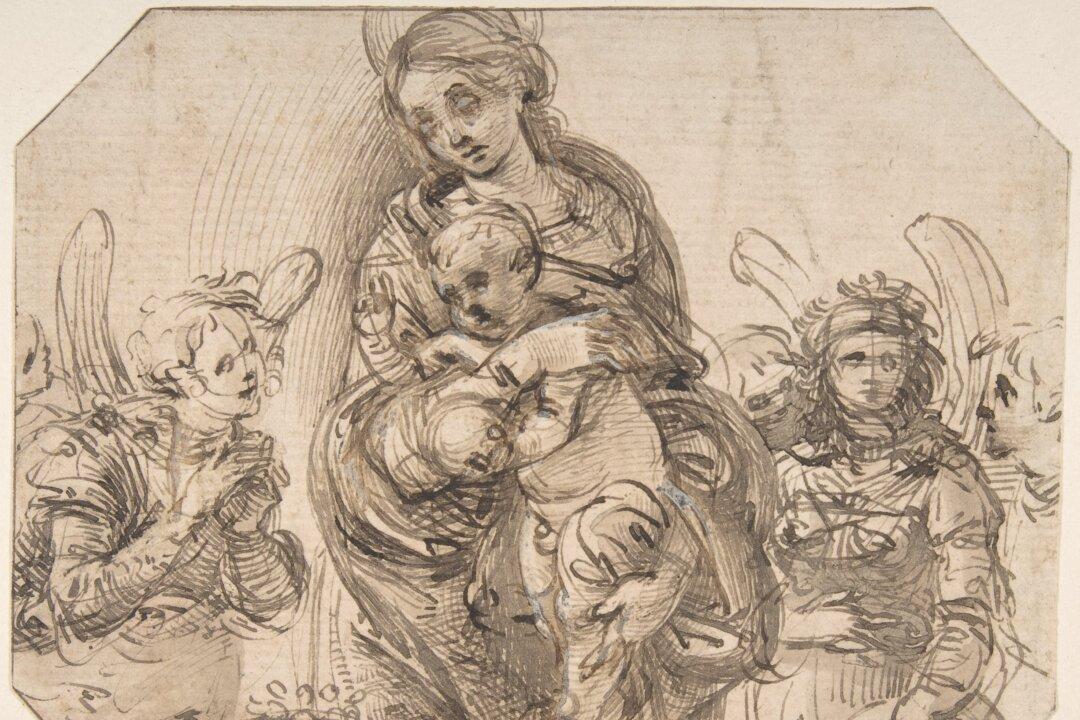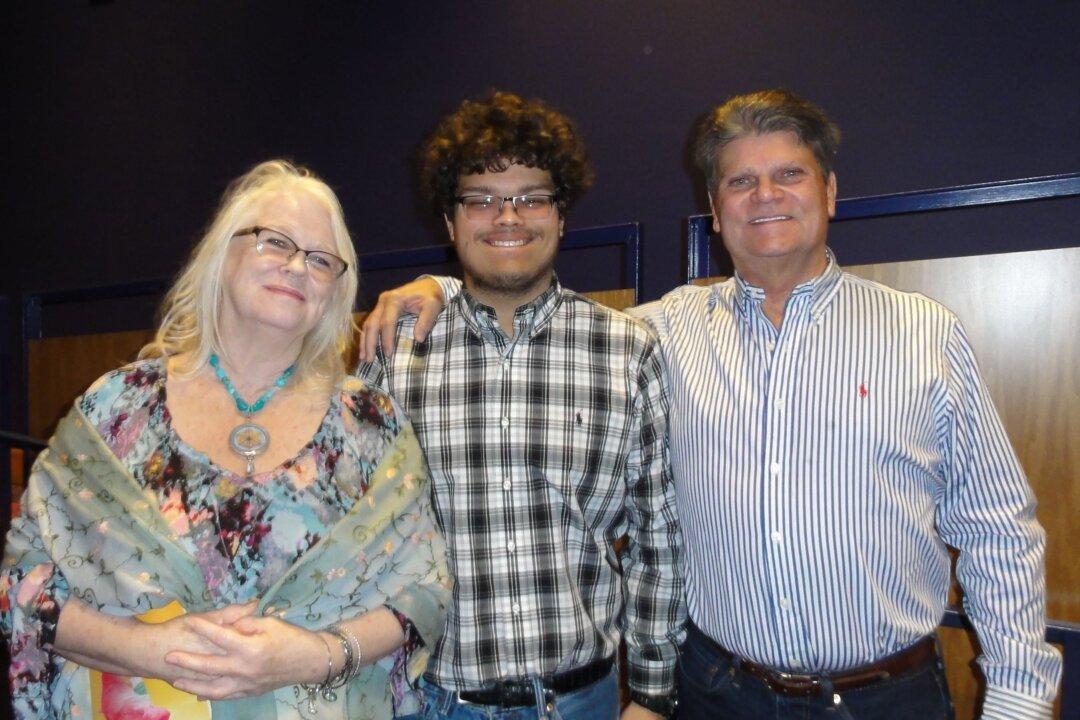Amid the rolling granite peaks of the Black Hills in South Dakota, the Crazy Horse Memorial stands regally, inviting visitors to gape at the sheer scale of the largest sculpture in the world. Caterpillars and the heavy machinery used to block out the shape of the steely figure hint at the enormity of the task, as they labor along the winding paths traveling up the mountain.
For those who conceived and oversaw the building of the Crazy Horse Memorial, it has been a calling for them. Their vision extended beyond their lives and across generations. It extended beyond emotional and physical hardship.
There was really no option for the site of the memorial but the Black Hills; it was the most sacred place for many of the Plains tribes and would become a focal point for future generations to preserve Native American culture and honor its history through education.
In the 1940s, most Native Americans were forced to live on reservations in squalid conditions. The popular circus shows of Wild Bill Hickok of generations prior portrayed Native Americans as barbaric and uncompromising. Their culture was misinterpreted, manipulated, and on the verge of extinction.





